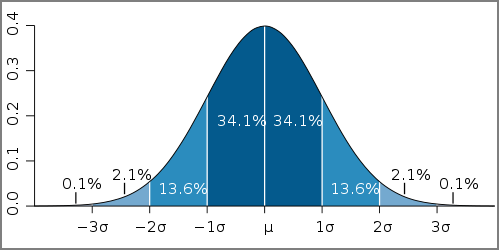Just to summaries the main purpose of my summer research was to find the eccentricity of the planets in the planetary system EPIC 201367065 aka K2-3, the 3rd planetary system founded using the spacecraft Kepler 2. The system contains 3 planets the orbit a M-Dwarf star at a distance of 45 pc. Using these eccentricities I was able to find the if the planet's orbit is in the habitable zone, since the eccentricity determines the shape of the orbits and if the orbit is too eccentric than the planet will move out of the habitable zone.
The image below is the final plot that I made of K2-3, it shows the range of the semi-major axis of each planet, and the habitable zone in AU. I was very hopeful that my planets orbit in the habitable zone, unfortunately none of them orbit in the habitable zone. But this is only one of the characteristics that makes a planet habitable, we also need to take into account the atmospheric effects which I had no way of testing for these effects. As a scientist I must remember that my purpose is to figure out how the universe works, not show how I wanted it to work.
This summer was my best summer ever. Not only because of the things that I learned while doing research and taking grad level classes, but because of the people that I was with. My fellow Banneker students and affiliates were all people that helped me come closer towards becoming the BEST VERSION OF MYSELF. They are true friends for life and it was an honour to be a of part of the first Banneker class.
http://bannekerinstitute.fas.harvard.edu
“Walking with a friend in the dark is
better than walking alone in the light.”
-Helen Keller





























